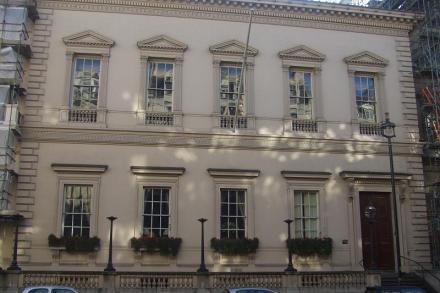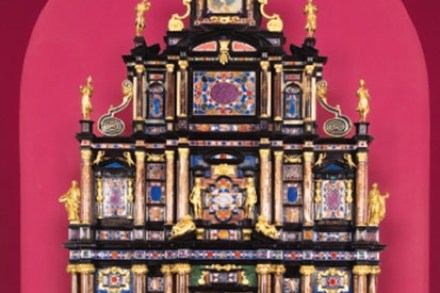Home at last
The Travellers Club was founded in 1819 to provide congenial surroundings for those who had ‘travelled outside the British Islands to a distance of 500 miles from London in a direct line’, and opportunities to meet distinguished foreign visitors. As it nears its bicentenary, John Martin Robinson has produced a thorough, scholarly and highly readable








